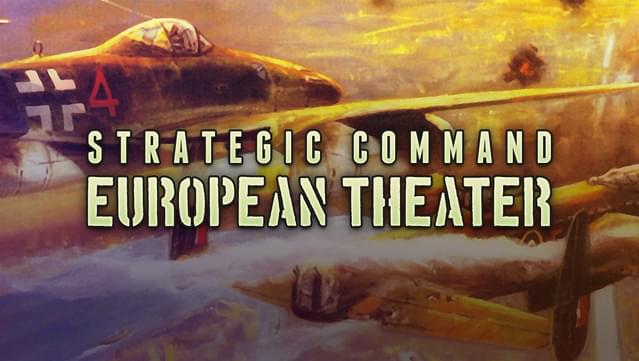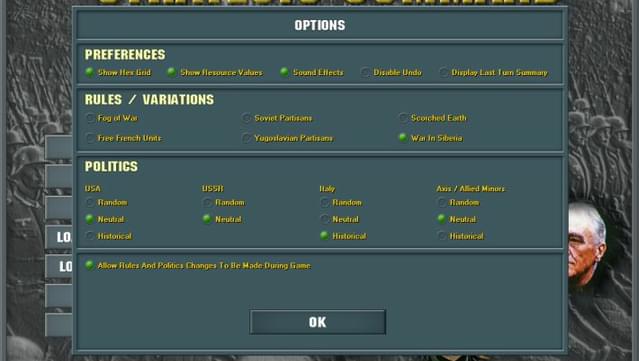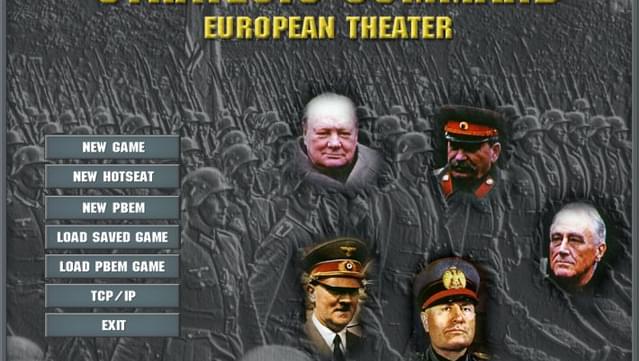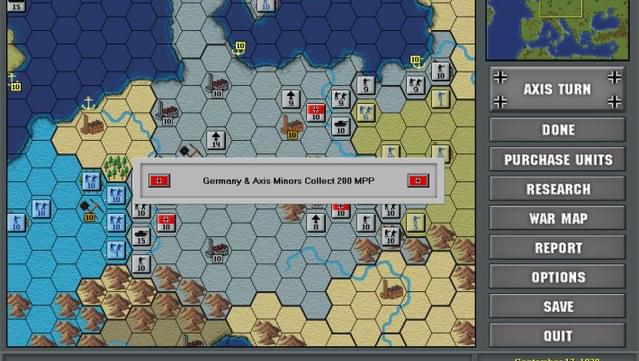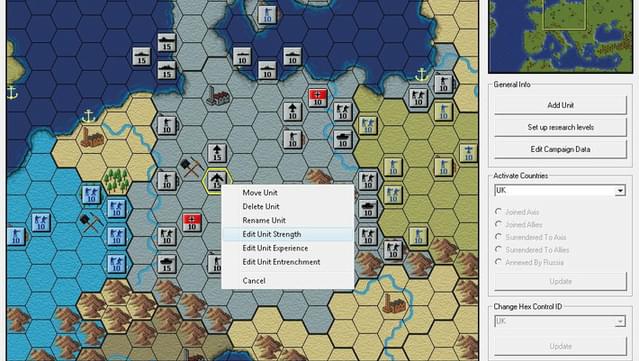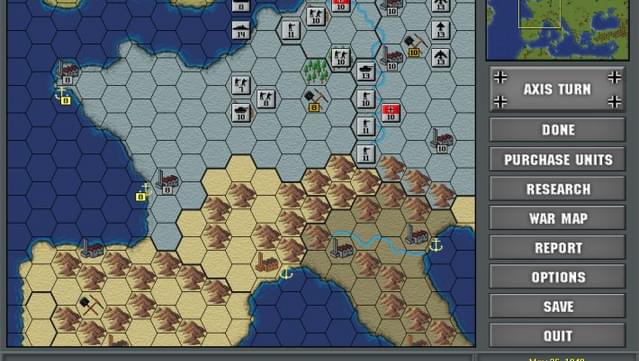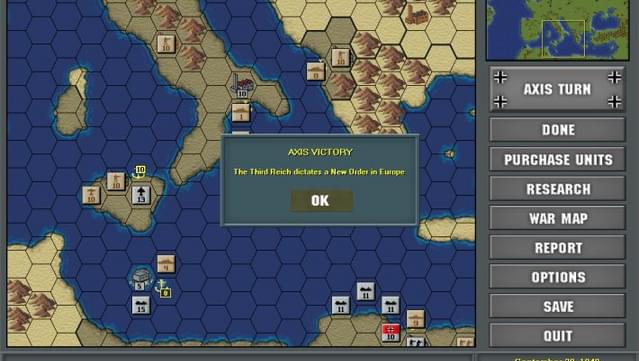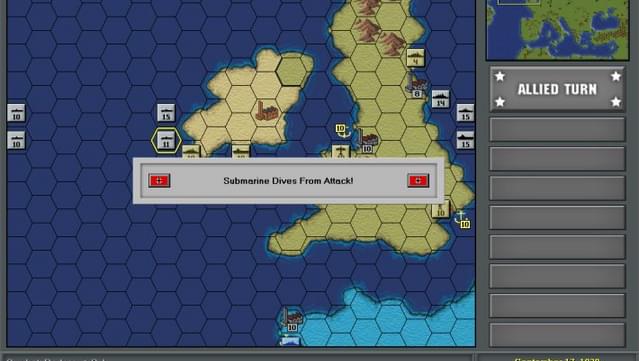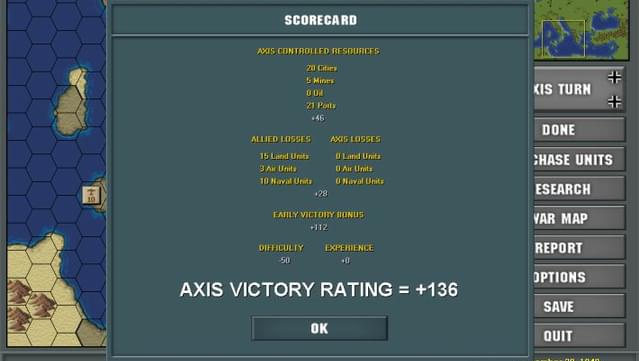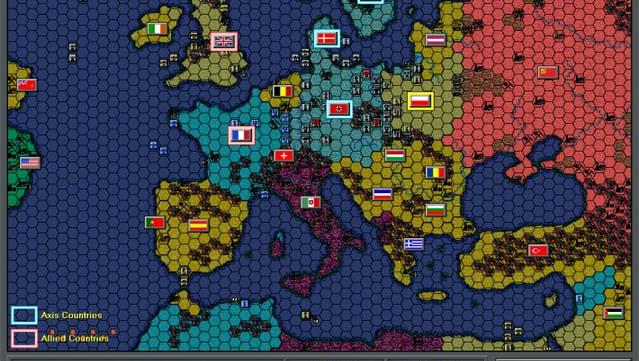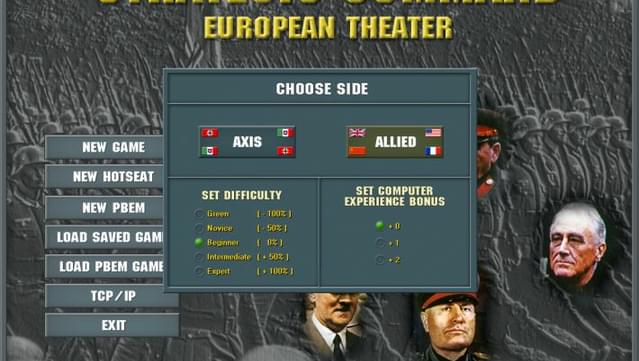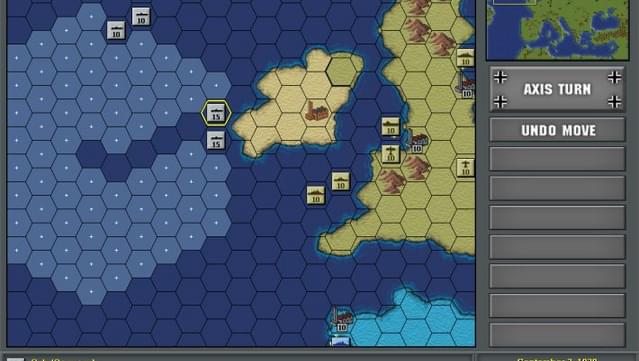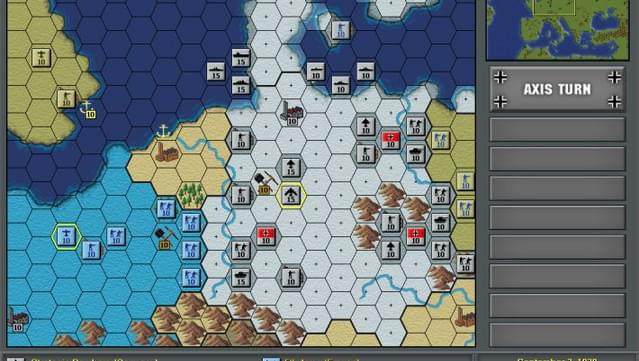Posted on: July 26, 2011

Scrogdog
Verified ownerGames: 52 Reviews: 1
A great game for what it tries to be
Ok, my first review for GOG. Let’s talk about what Strategic Command is, and what it isn’t. Old grognards like myself identify this type of game as “beer and pretzel” or “introductory”. That doesn’t make it a bad game in terms of being fun to play. But because that’s the design strategy, the tradeoff is going to be complexity and realism. There are plenty of other games out there that scratch the complexity itch; sometimes so much so that paying one becomes your life. VERY steep learning curves on such a game. Instead, SC brings the feel of strategic combat in WWII with some of the politics of how neutrals enter the war always central on players minds. And the campaigns are easily completed in an afternoon or at most a couple of play sessions. The game offers hotseat play, play over LAN, play by email, or solo versus AI. You can turn “fog of war” on or off. You may also choose to have neutrals enter the war at their historical time, or you may have them enter based on in game situation. For example, on historical the US enters in Dec 1942. If you choose the non-historical option, countries will enter the war (or not) based on how they feel about the actions of players. For example, after France falls, if the Axis player invades Spain, then the countries that would eventually become “Axis Minor Allies” (such as Hungary) don’t like the fact that the Axis just attacked a fellow fascist country, and their entry will be delayed. Possibly aborted altogether. Unfortunately, without some knowledge of situations in WWII, you aren’t going to understand why it’s a good idea to leave about 30 combat factors along the Soviet border after Poland falls. Or why attacking certain nations will effect entry times of certain other nations. The other way to look at it is you might learn a little something about the situation in general by playing this game. Since the game gives the Axis player a reasonable chance to win, you have to understand that the game’s premise as unrealistic from the start. Again, what are you looking for? Fun? You will find that here at the expense of other matters. It only stands to reason that if the Axis can build an economy to win then you may see many more air units than they ever could have hoped for historically. Or other “strange” things like a large Axis carrier group. Game mechanics do add some “feel” to the game. Oil fields are more important to your economy than mines, which are more valuable than cities. So, the battle for certain types of resources becomes as important as it historically was. Also, the value of ports and supply networks are always a consideration; you’d best gain a port with a sea borne invasion or it will die on the vine. There is also research and technology. Will you be the first to have jet aircraft? Or perhaps your strategy would be to strangle the allies with super subs. As the allies do you research anti-sub tech? Bombers? Gunnery Radar? The choice is yours and your success and failure in such matters will very much affect your plans going forward. To sum up, many of the game’s criticisms are quite valid but also quite irrelevant. Strategic Command admirably achieves its design goal by being an easy to learn and play representation of the European and Mediterranean theaters of the war that can be completed in only one or two play sessions. I’ve played everything from this to “complexity monsters”. I give Strategic Command an easy 5 stars. I still play it now from time to time. A timeless classic in my opinion.
Is this helpful to you?

